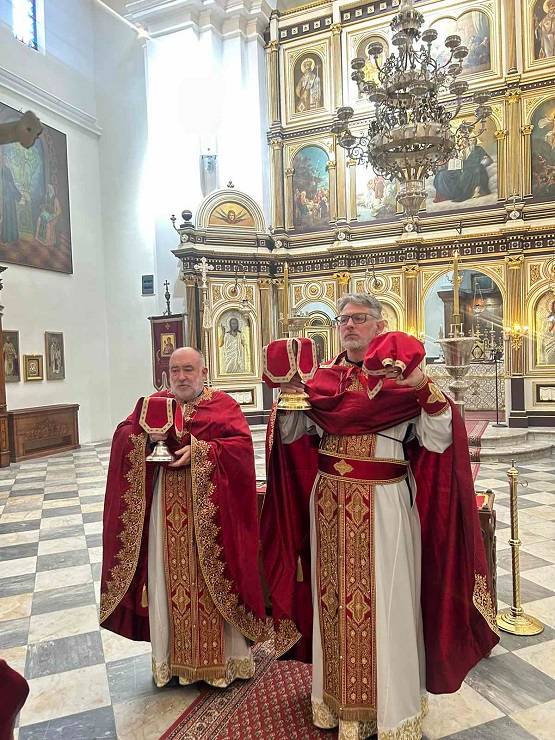
ST. GEORGE'S DAY CELEBRATED LITURGICALLY IN THE CHURCH OF ST. NICHOLAS IN KOTOR
St. George's Day, the baptismal feast of numerous Kotor families, was liturgically celebrated today in the Church of St. Nicholas in the Old Town.
The Archbishop's Vicar of Kotor-Tivat, Archpriest-Staurophorus Nemanja Krivokapić and Archpriest-Staurophorus Milenko Jekić officiated.
According to Christian tradition, the Holy Great Martyr George (Saint George) was a Roman soldier originally from Asia Minor. Saint George is one of the saints most celebrated in the Orthodox Church, however, he is also celebrated in Catholic countries. Immortalized in a story where he kills a dragon, he is celebrated in Canada, Catalonia, England, Ethiopia, Georgia, Greece, Montenegro, Portugal, Serbia, as well as in the cities of Istanbul, Ljubljana and Moscow. This saint is also the patron saint of professions, organizations and the sick.
According to tradition, he was born in 275/280 in the Asia Minor region of Cappadocia, into a wealthy and distinguished Christian family. His father was a military officer. While he was still a child, his father suffered for Christ, and after that, little George moved with his mother to Palestine, to his mother's large and wealthy family estate, where he received a worthy education. He grew up into a handsome, strong and brave young man, and as such he was taken into the army, where he quickly distinguished himself with his courage and military merits. He advanced rapidly, from an ordinary soldier to a tribune, and at the age of twenty, Emperor Diocletian personally promoted him to the rank of comitatus, i.e. duke (the oldest military rank, which also makes one an advisor to the emperor).
During the reign of Emperor Diocletian, the greatest persecution of Christians was organized, in 303, the tenth in a row. Seeing that the merciless extermination of Christians had begun throughout the country, George distributed all his wealth to the poor and freed his slaves. He did the same in Palestine, releasing his servants and bequeathing property and wealth to the poor.
This was hard on George and at a council he spoke out against this attitude towards Christians and their further persecution. On that occasion, he went before the emperor and boldly confessed that he himself was a Christian. Furious, the emperor ordered the soldiers to imprison him.
By order of the emperor, the soldiers laid George on the ground, drove his feet into stocks, and placed a large, heavy stone on his chest. Thus pressed, in great pain, he waited for the morning, when the emperor visited him, expecting that after these torments George would renounce his faith. However, George clearly and loudly refused to renounce his faith. The emperor then ordered a large torture wheel to be brought, with boards full of large nails, hooks, knives, swords. Tied to such a wheel while the wheel turned with him, this continued until his whole body was covered with wounds.
They untied him from the wheel, thinking that he was dead. When they were convinced of the opposite, the emperor ordered that George be buried in quicklime so that only his head was above the ground, and left like that for three days to burn. After three days, when they dug him up, they saw that he was still alive. The tortures, by order of the emperor, continued. The emperor decided to call the greatest magician in the empire, named Athanasius, and he overpowered George. Athanasius responded to the emperor and prepared two potions – one, from which George should obey the emperor, and the other deadly. The emperor ordered that George be forcibly given the first potion, and since George did not obey, he ordered that he be given the second, deadly potion. Everyone was amazed when George remained alive again.
On the advice of some courtiers, the emperor asked George to bow before the statue of the god Apollo in order to spare his life. A large crowd gathered in the temple to see how George would renounce Christianity. He approached the statue of Apollo and crossed himself, causing the statue to collapse, and with it all the other statues in the temple. Seeing this, the wife of Emperor Diocletian, Empress Alexandra, shouted: “I also believe in God, who gives George such strength.”
Emperor Diocletian finally ordered the beheading of both George and Empress Alexandra. The soldiers took George and Alexandra to the execution ground outside the city. The emaciated and weak Empress Alexandra, on the way to the place of execution, asked the soldiers to rest a little and there, on the execution ground, to breathe their last, before being beheaded. Having arrived at the execution ground, George stopped at a certain place and prayed. Then, George laid down his head, and was beheaded on April 23 (i.e. May 6 according to the new calendar) in the year 303. According to the will, George’s body was transferred to Lydia, and a church was later built on his grave. According to church teaching, November 16 is the day when the temple of the Holy Great Martyr George in Lydia was rebuilt, where his body was laid – and the Serbs celebrate it as a holiday under the name of Đurđic. Little is known, truly reliably, about his life. In the iconography of the Orthodox Church, Saint George has been depicted as a soldier (without a horse, in a standing position) and with a spear or sword since the 7th century.
Another depiction of Saint George appears from the 9th century – on horseback, in a ducal robe, killing a dragon with a spear. A little further away from him stands a female figure in a gentleman’s robe. It is believed that the dragon that the saint is killing symbolizes polytheism. The woman in the icon is Empress Alexandra, and she is believed to represent the young Christian church.
The depiction of Saint George killing the dragon is based on a popular legend of Christian mythology – “George and the Dragon”.
Numerous miracles have been recorded that occurred at the tomb of Saint George, as well as his numerous appearances in dreams and in reality to many who sought his help. The cult of Saint George began quite early. A temple dedicated to him was built at his tomb in Lydia during the reign of Emperor Constantine I (306–337). During the 4th century, the cult of Saint George spread from Palestine to the entire Eastern Roman Empire. In the 5th century, the cult of this saint also spread to the Western Roman Empire. In 494, George was declared a saint by Pope Gelasius I (492–496). The temple of Saint George in Lydia was destroyed in 1010 but was rebuilt by the Crusaders. In 1191, and during the Third Crusade, the temple was destroyed again by the Islamic forces of Sultan Saladin. After the Crusades in the 12th century, the cult of Saint George was transferred to England. During the reign of King Edward III of England, who founded the Order of the Garter in 1348, Saint George also became the patron saint of the English state. Saint George, or Sant Jordi in Catalan, is also the patron saint of the Spanish autonomous region of Catalonia. He is celebrated on April 23 according to the new calendar.
He is very much celebrated among Serbs, and is most often called Saint George or Saint George. Many celebrate him as a baptismal feast. The Serbian Orthodox Church celebrates him twice a year. The main holiday is St. George's Day, celebrated on May 6 according to the Gregorian calendar (April 23 according to the church calendar), and the second is the transfer of relics and the restoration of the Church of St. George - Đurđic, which is celebrated on November 16 (November 3 according to the church calendar). The icon associated with St. George's Day depicts Saint George on horseback slaying a dragon. Another depiction is of Saint George as a soldier with a spear in his hand. In our people, this representation is called Đurđic and is associated with the glory of Đurđic. Many monasteries are dedicated to him, among which the most famous is the Đurđevi Stupovi monastery. Saint George is revered as the protector of many countries and cities in Europe. He is also revered as the protector of cavalry, knights and chivalry, and the Crusades. He is celebrated by Greeks, Russians, Bulgarians, Serbs, English, French, Germans, Italians, etc. The new Church of Saint George was built on the site of the old one in 1872 and still exists.
From the response of Saint George to the godless Emperor Diocletian, who renewed the persecution of Christians: “Do not think, O Emperor, that human efforts make us submit to torments, but we do so by invoking Christ and by His power, for trusting in Him, we, secretly taught by Him, consider the most diverse torments as nothing. Diocletian asked: And what is this secret teaching of your Christ? Saint George answered: Knowing in advance your evil wickedness, the Lord Christ taught His servants not to fear those who kill the body but cannot kill the soul, and He also said: Not a hair of your head will be defiled, and if you drink anything deadly, it will not hurt you (Mt. 10:28; Lk. 21:18; Mk. 16:18). And hear also, O Emperor, His unfalse a promise to us which He succinctly expressed in these words of His: He who believes in me, the works that I do he will do also (John 14:12). Diocletian asked: And what works do you call his? The saint answered: To give sight to the blind, to cleanse lepers, to make the lame walk, to make the deaf hear, to cast out unclean spirits, to raise the dead. These works, and works similar to these, are the works of Christ”.
(On the Holy Great Martyr and Victorious George and the Day of George, text taken from the website of Radio Svetigora)
PHOTOS
RELATED ARTICLES
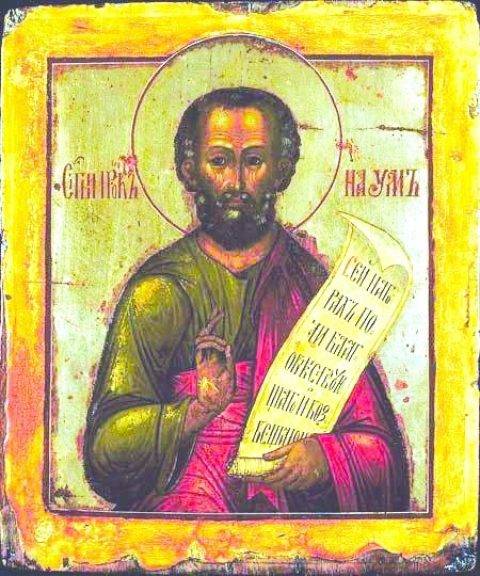
Calendar for December 14 Saint Prophet Nahum
A native of the town of Elkosh, across the Jordan, from the tribe of Simeon. He...
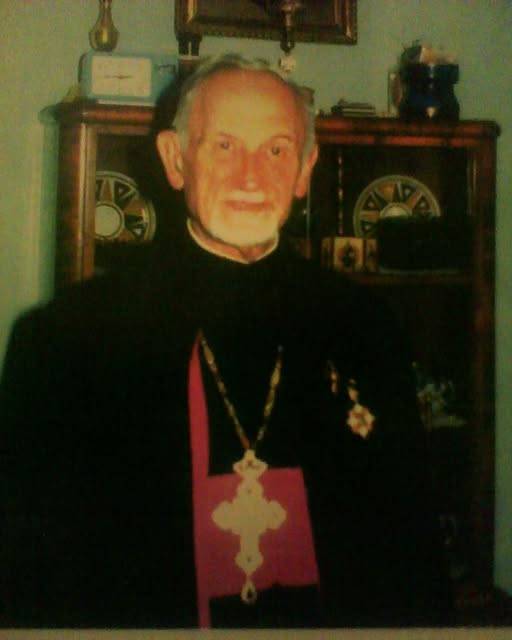
COMMEMORATION OF PROTOJEREJ STAVROFOR LAZAR MILIN
In the Church of Saint Luke in Kotor, a holy liturgy was celebrated today on...

REMINDER OF THE POET FROM KOTOR, RIST MILIC AND HIS SERBIAN STORIES
Boka poet 1870: Let glory rise, rise up Serbs, glorify the nation! Forward,...


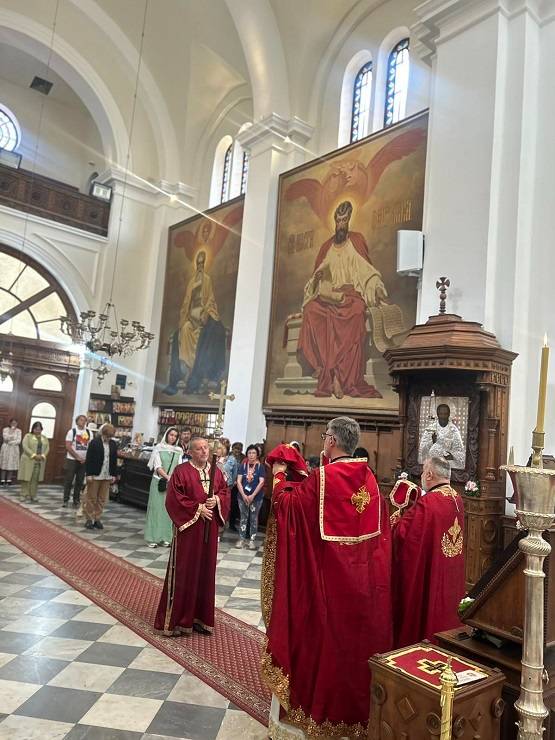

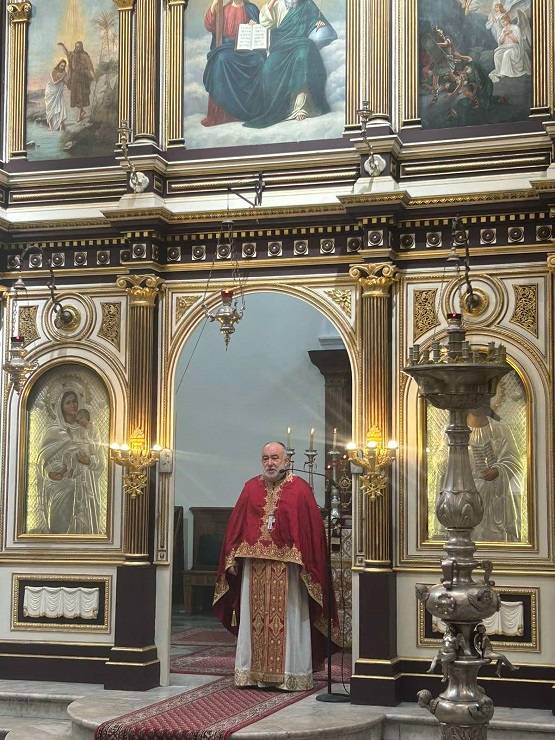
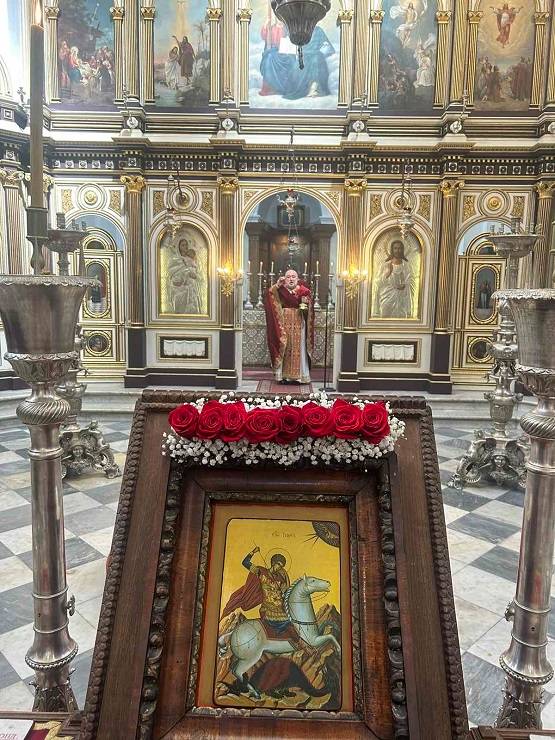
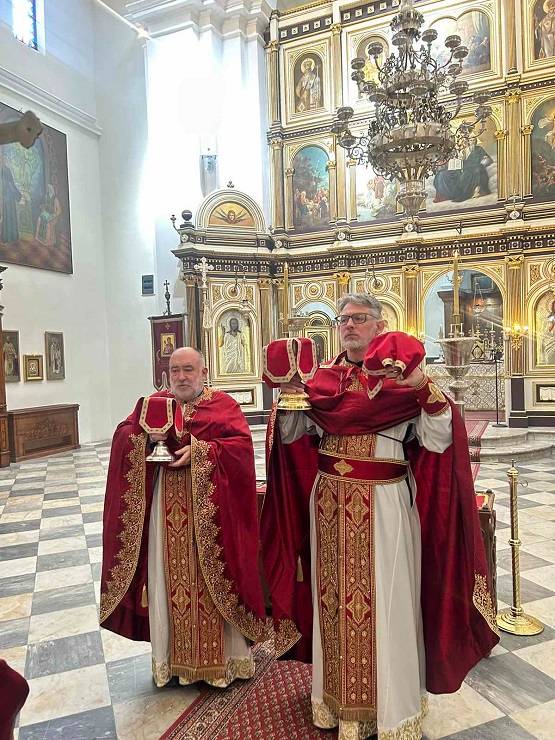
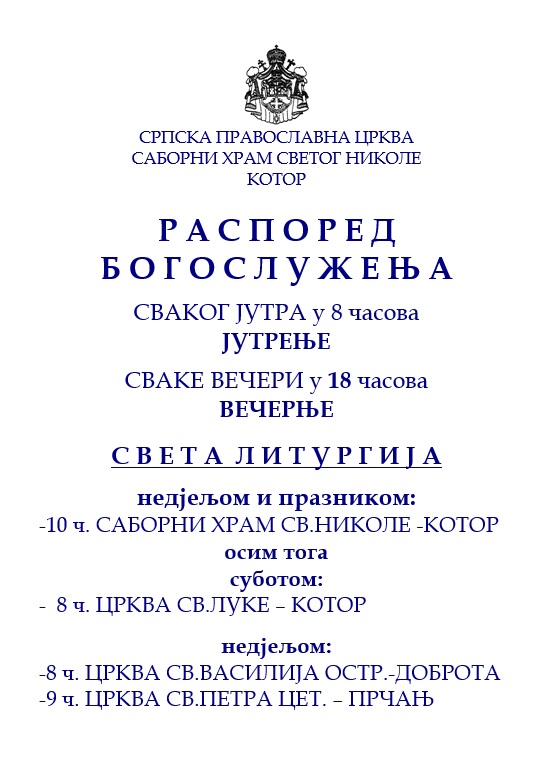
.png)